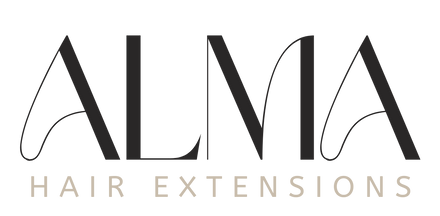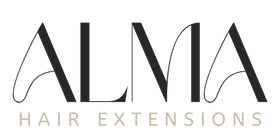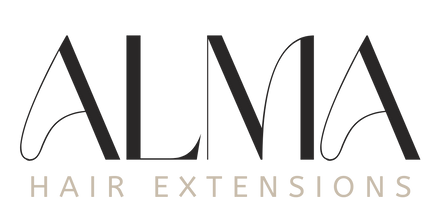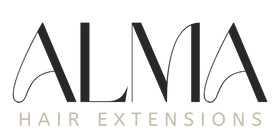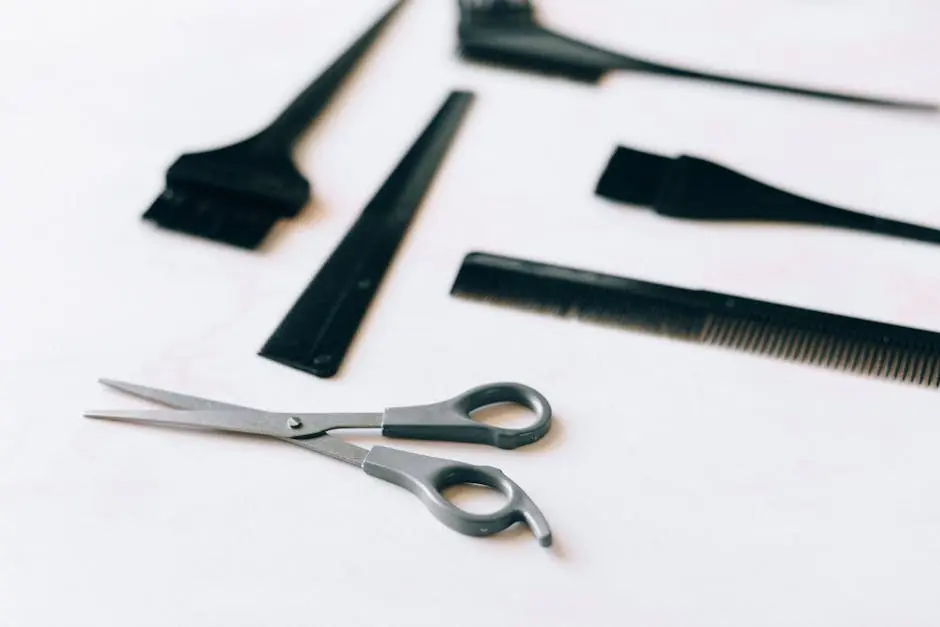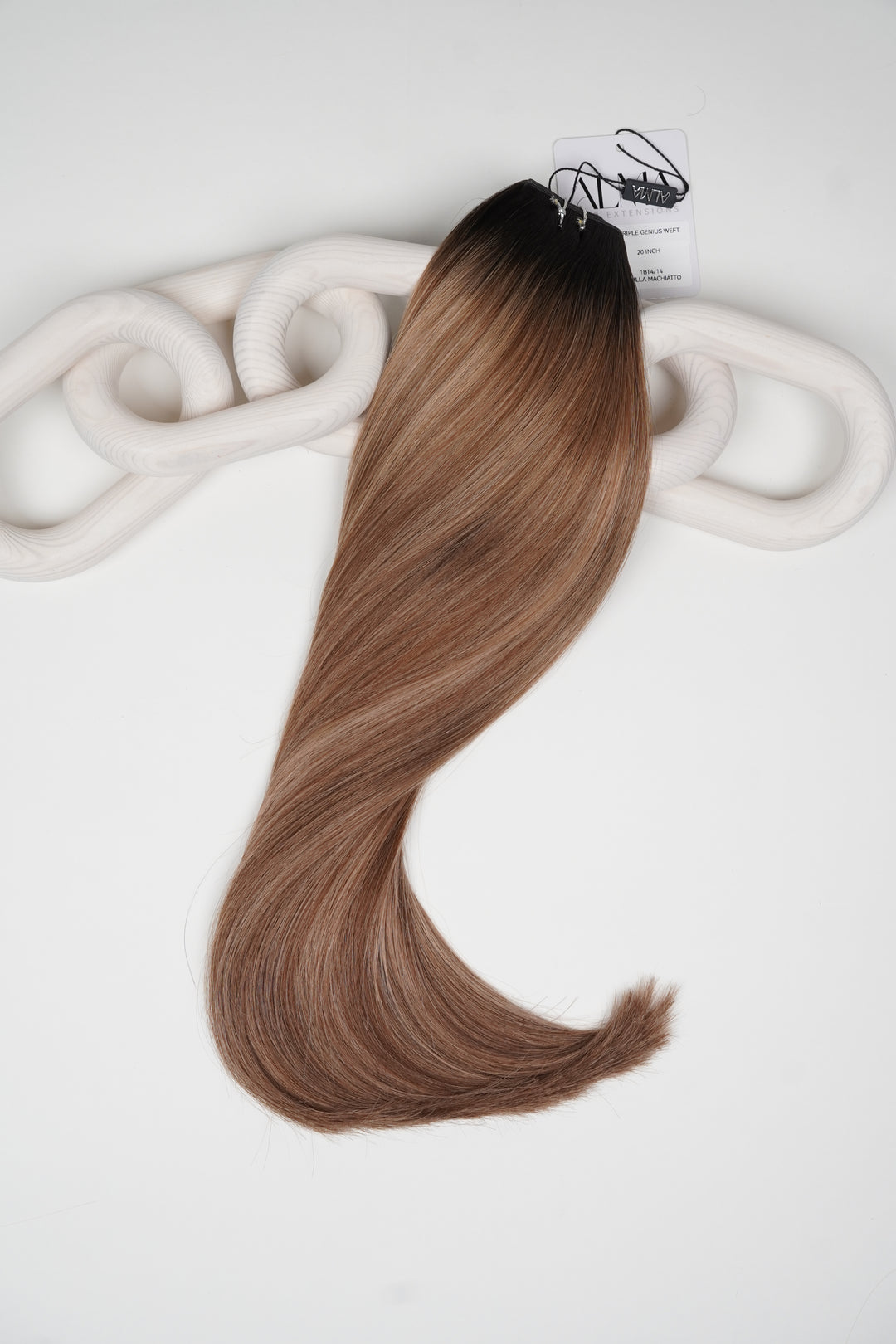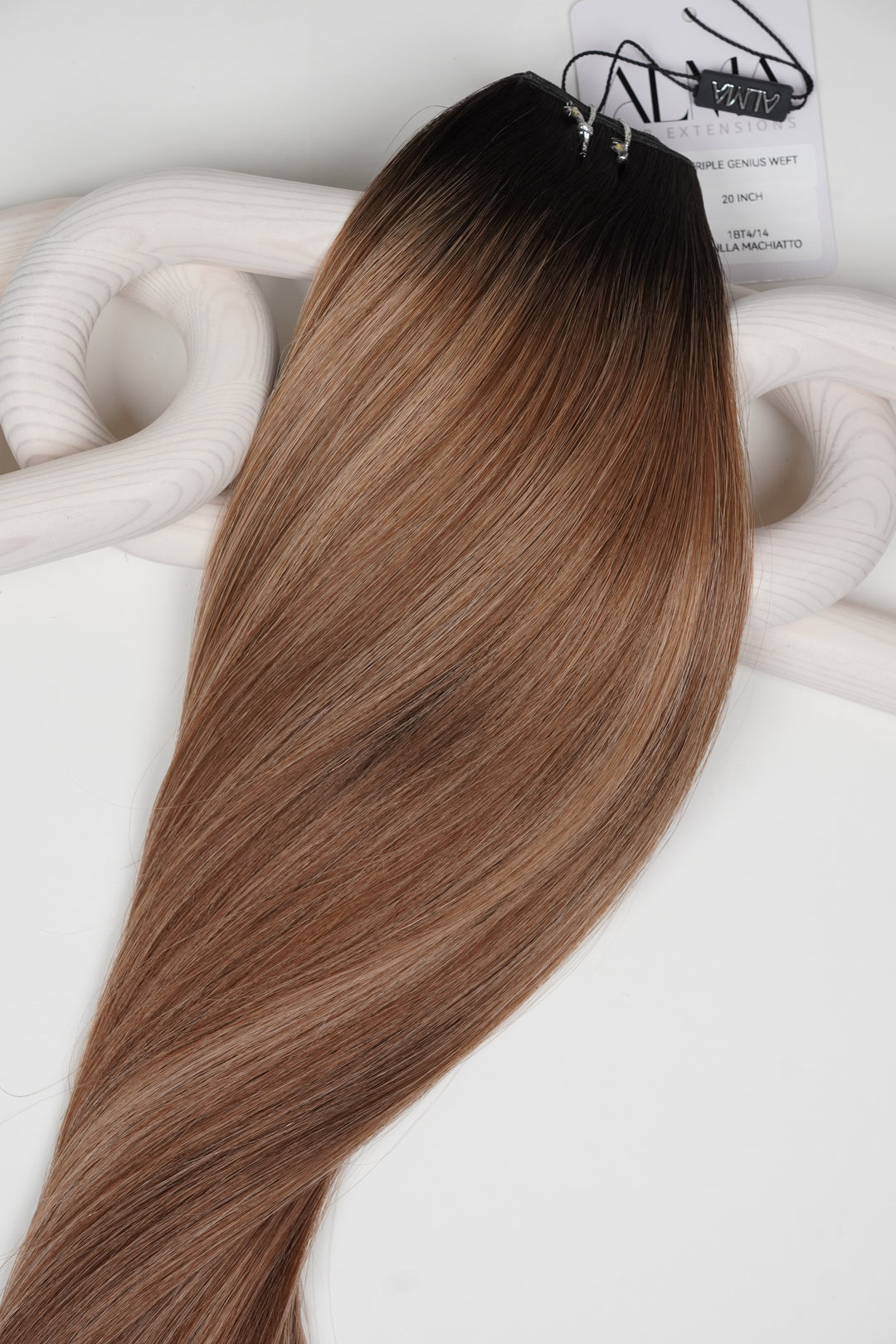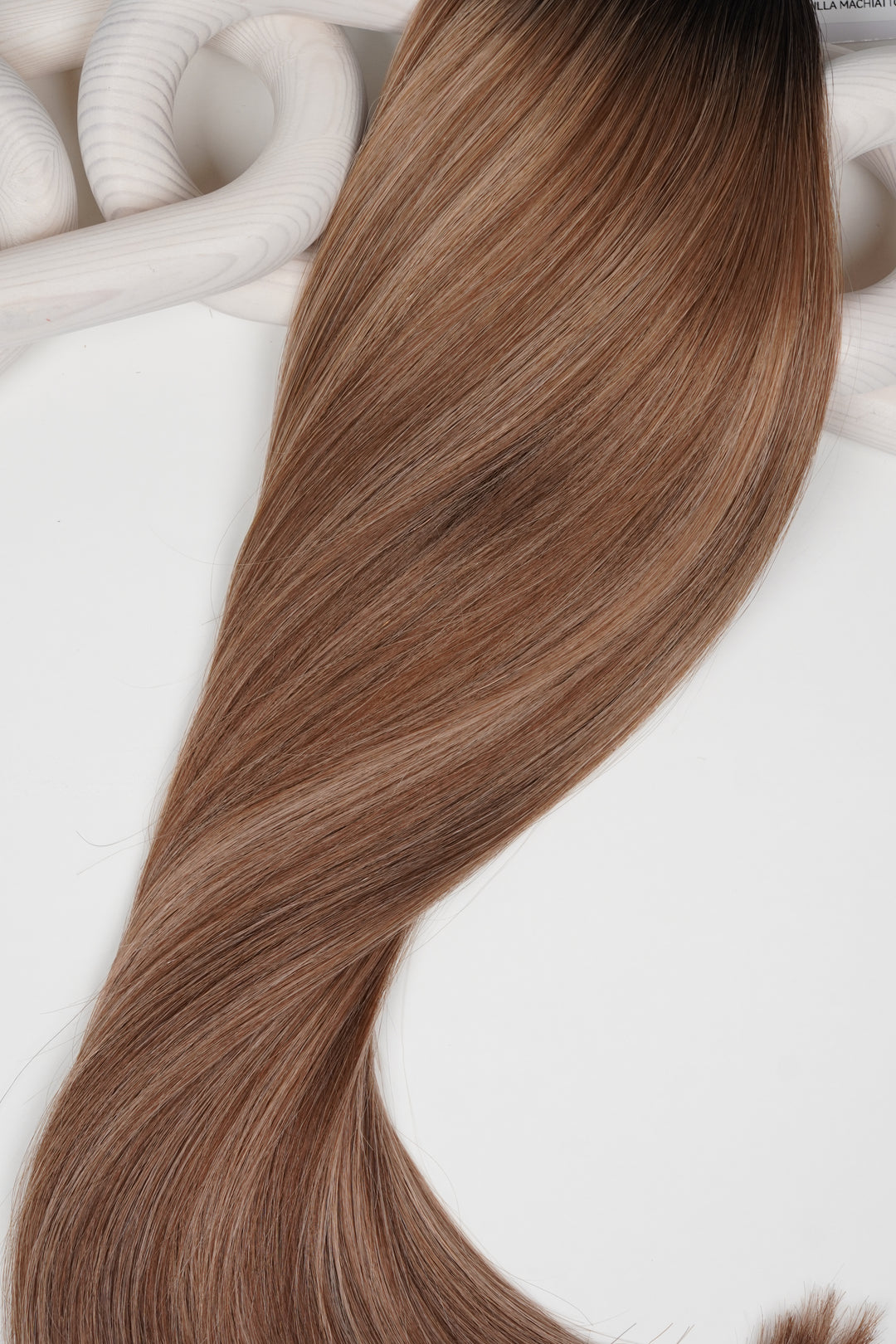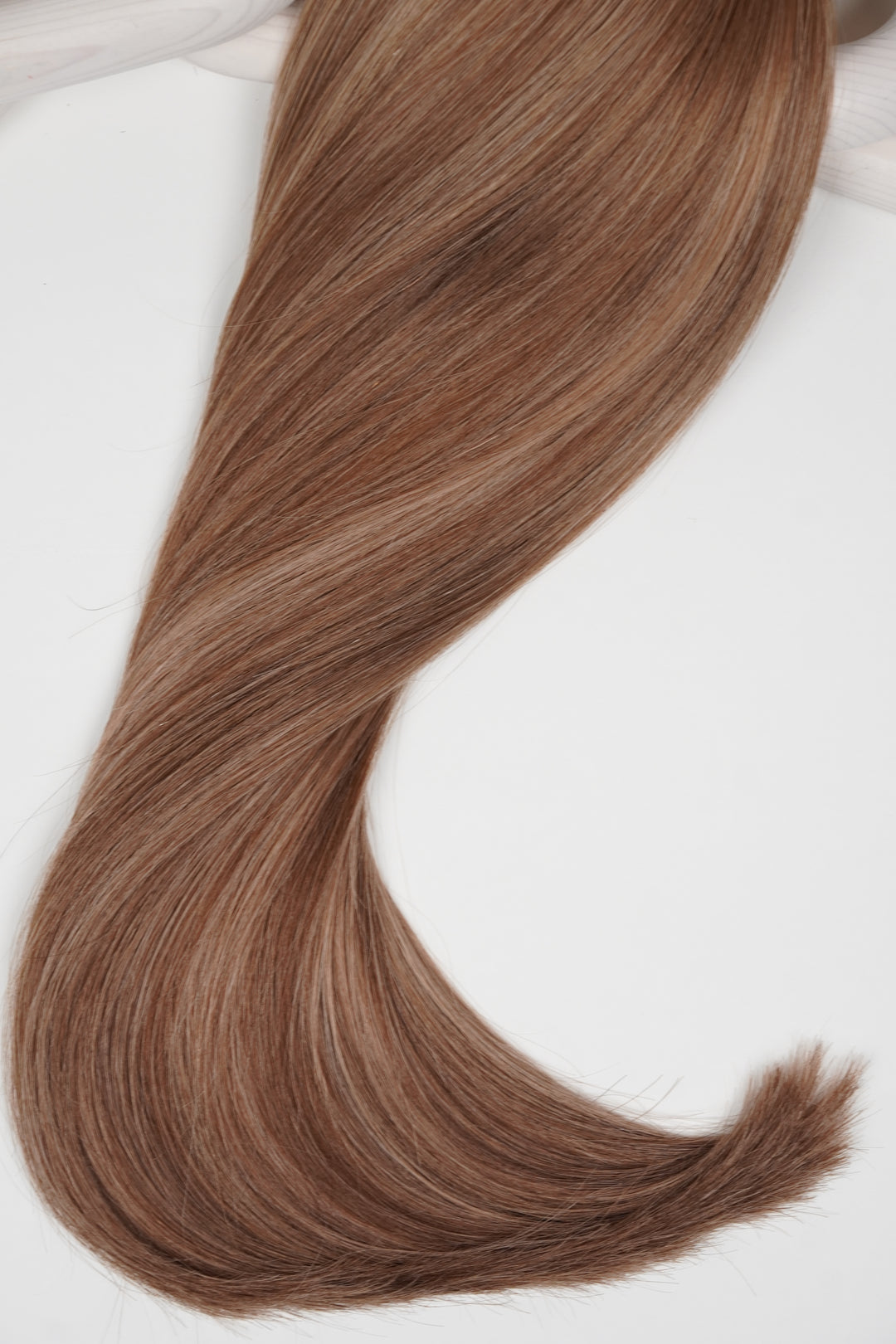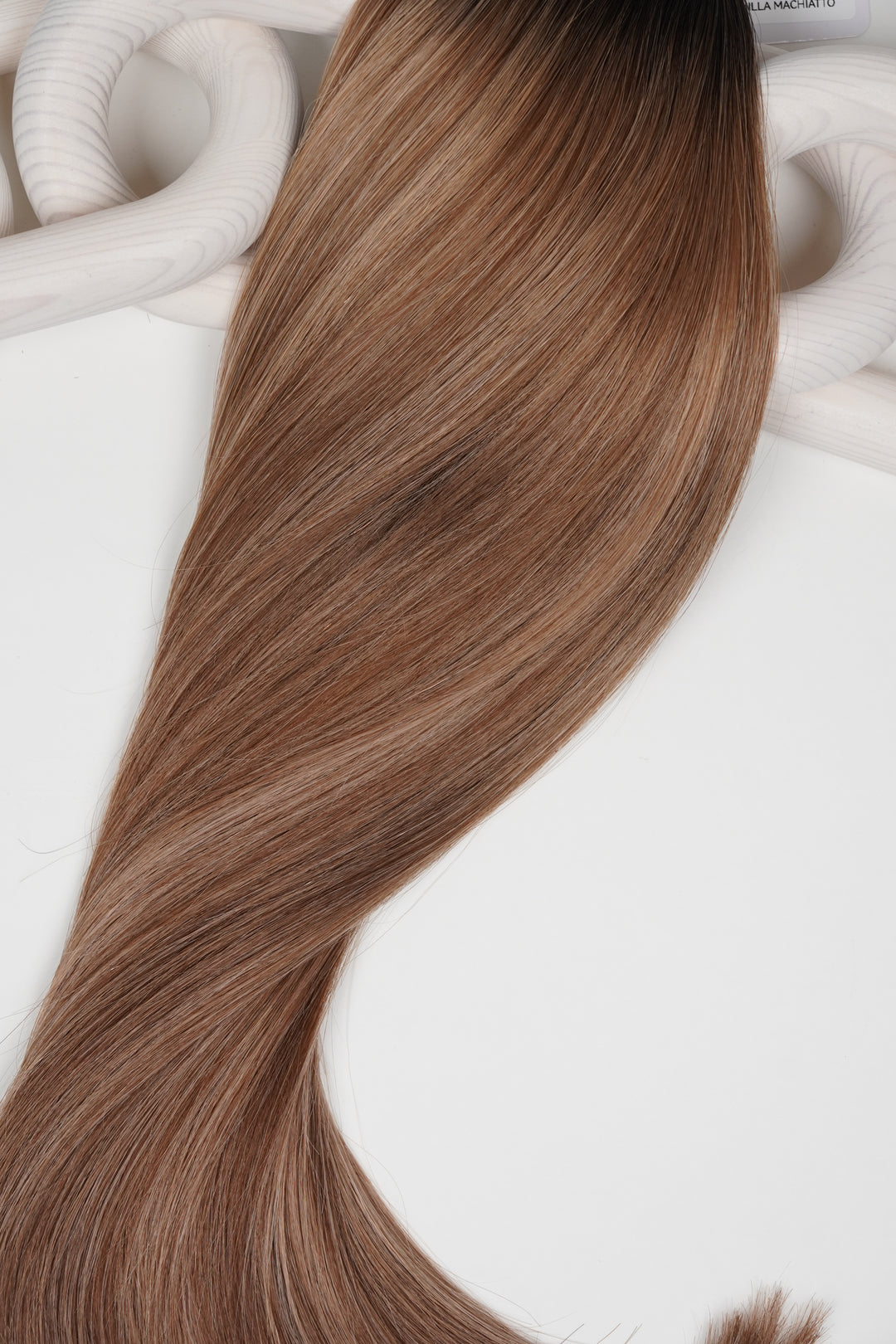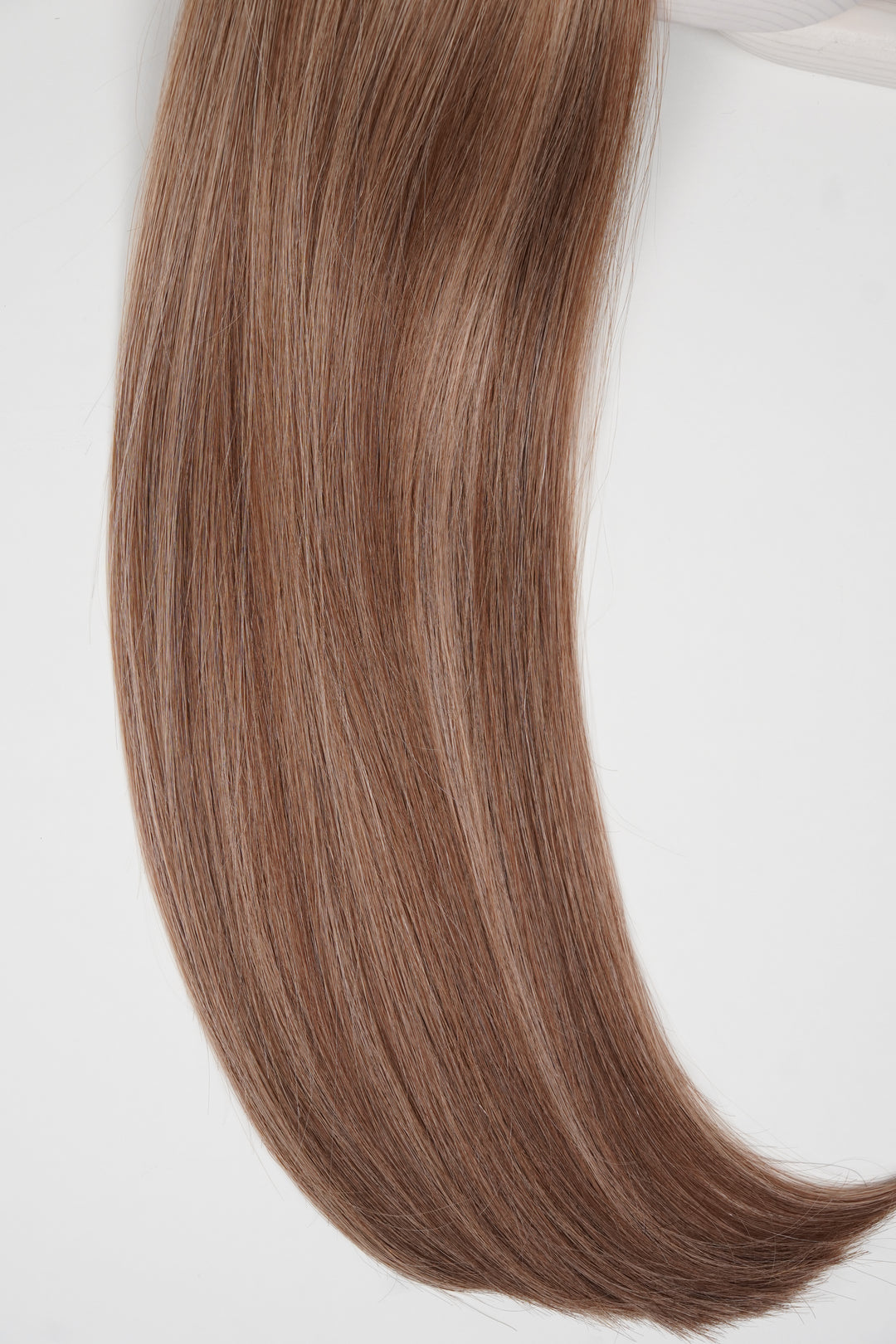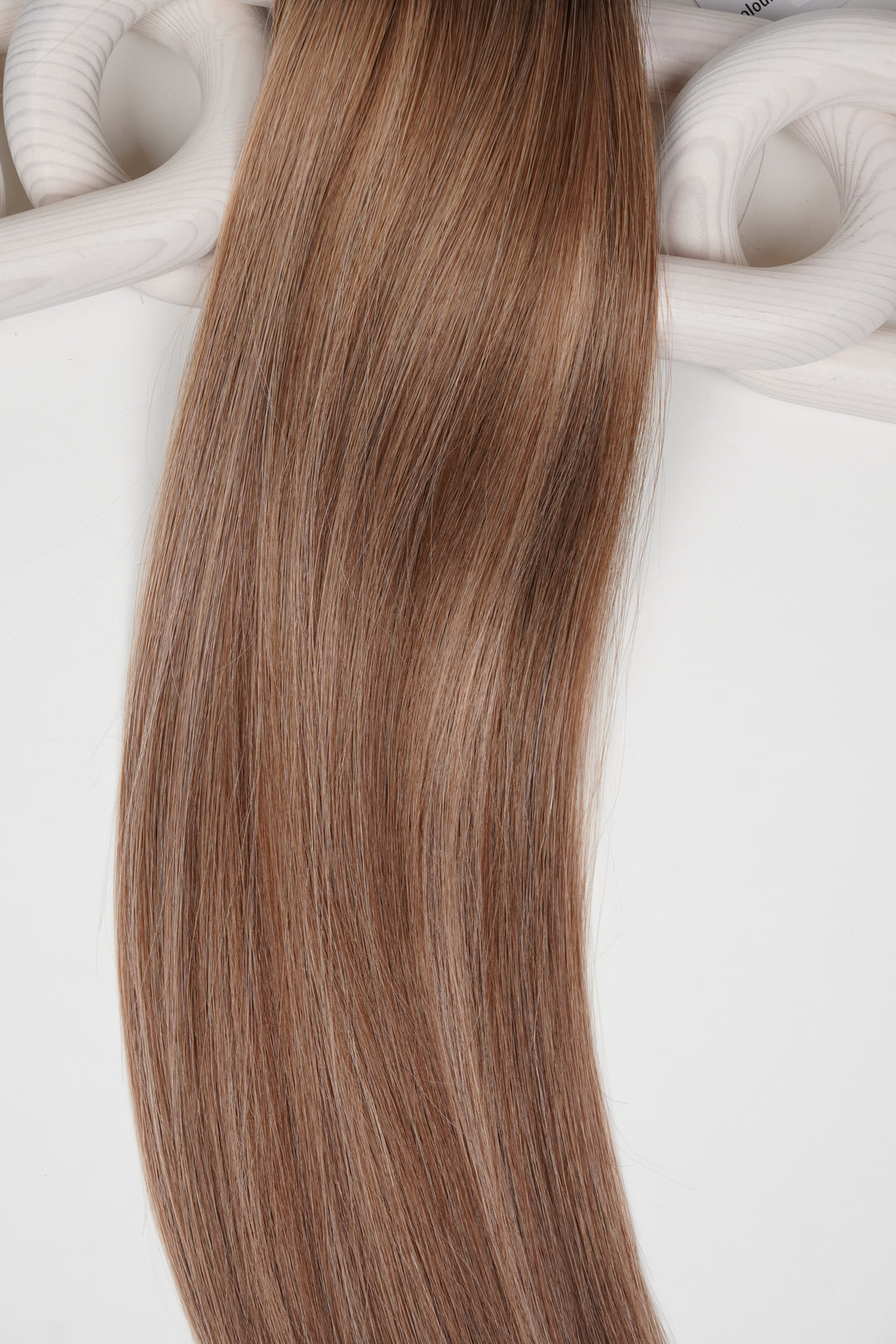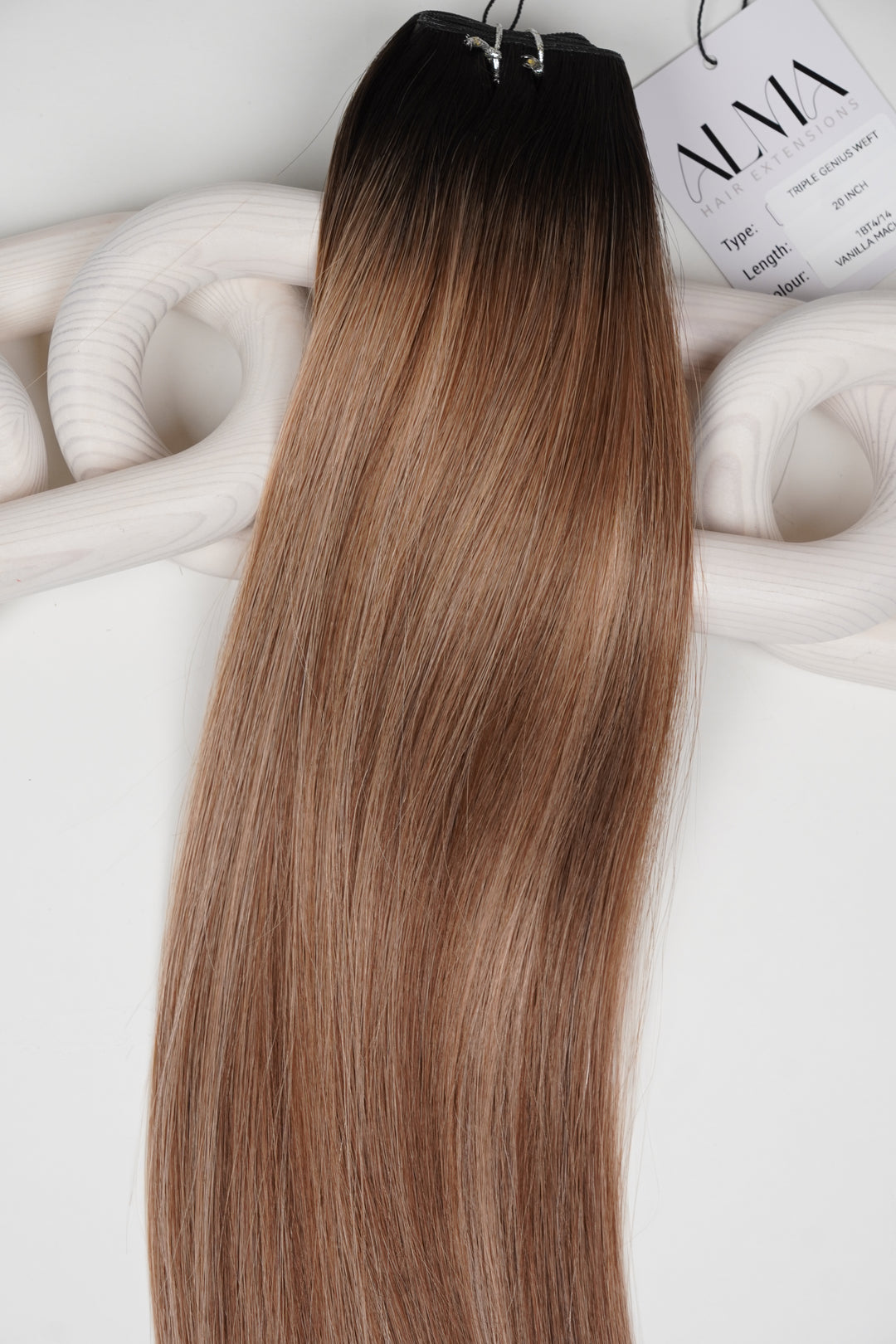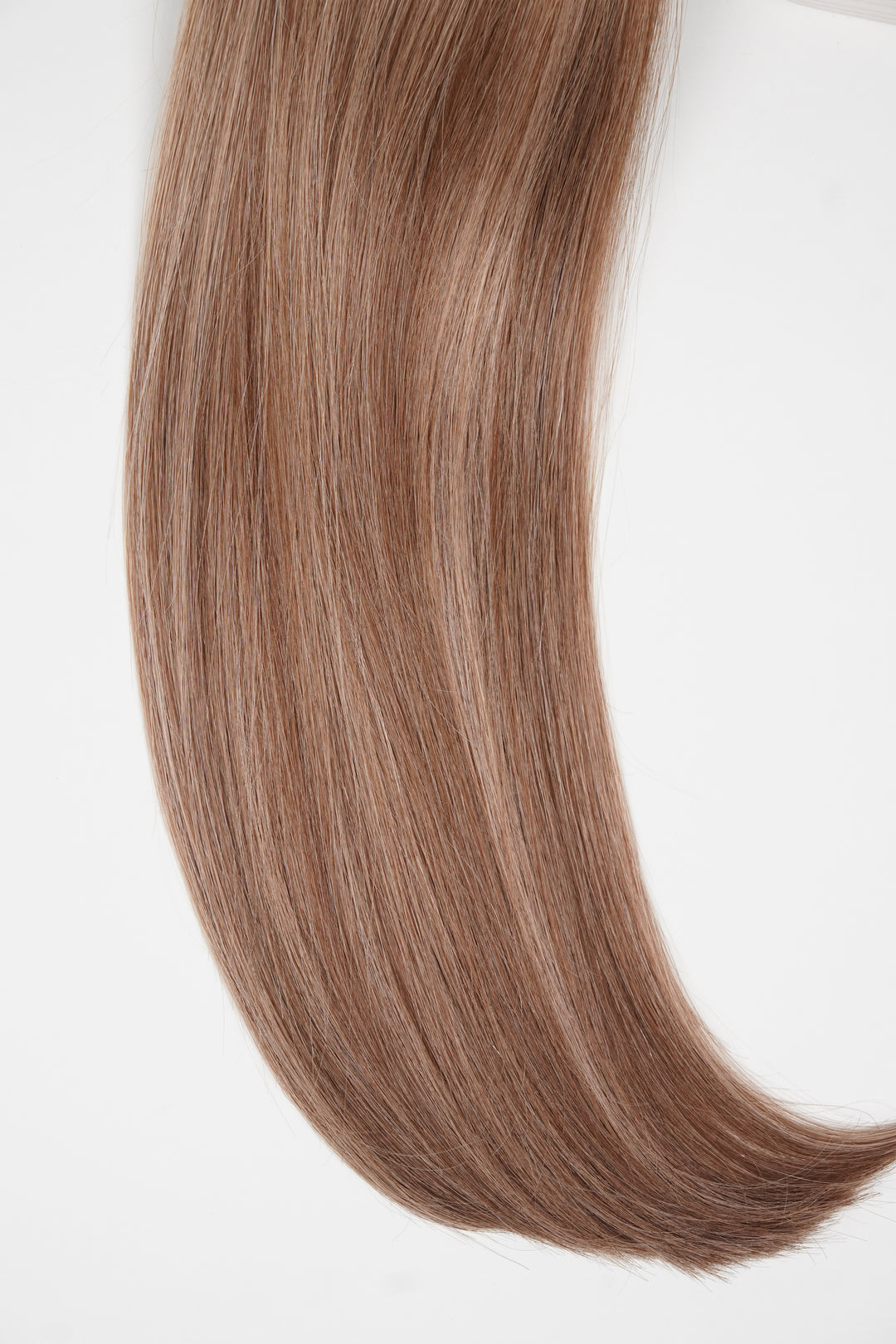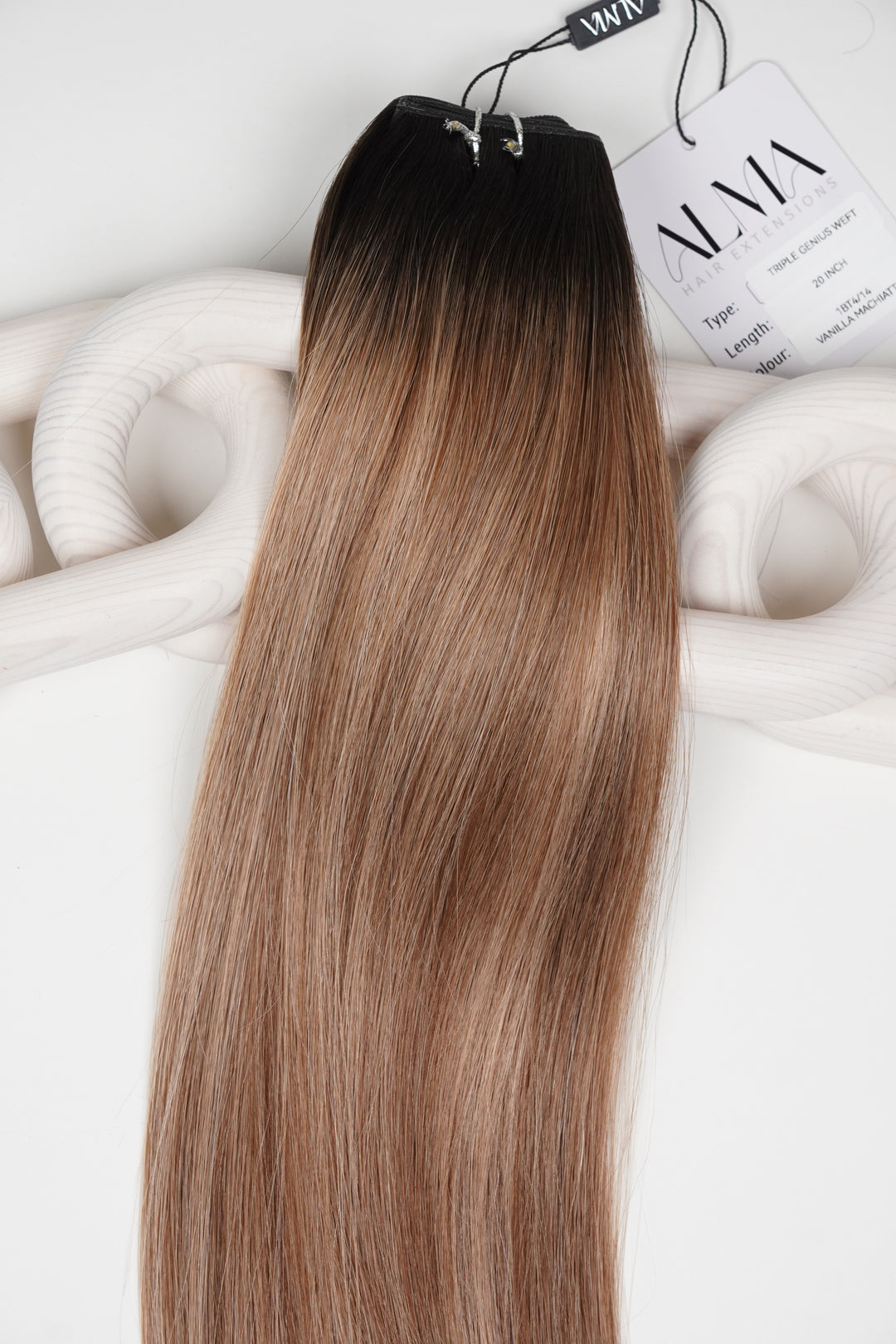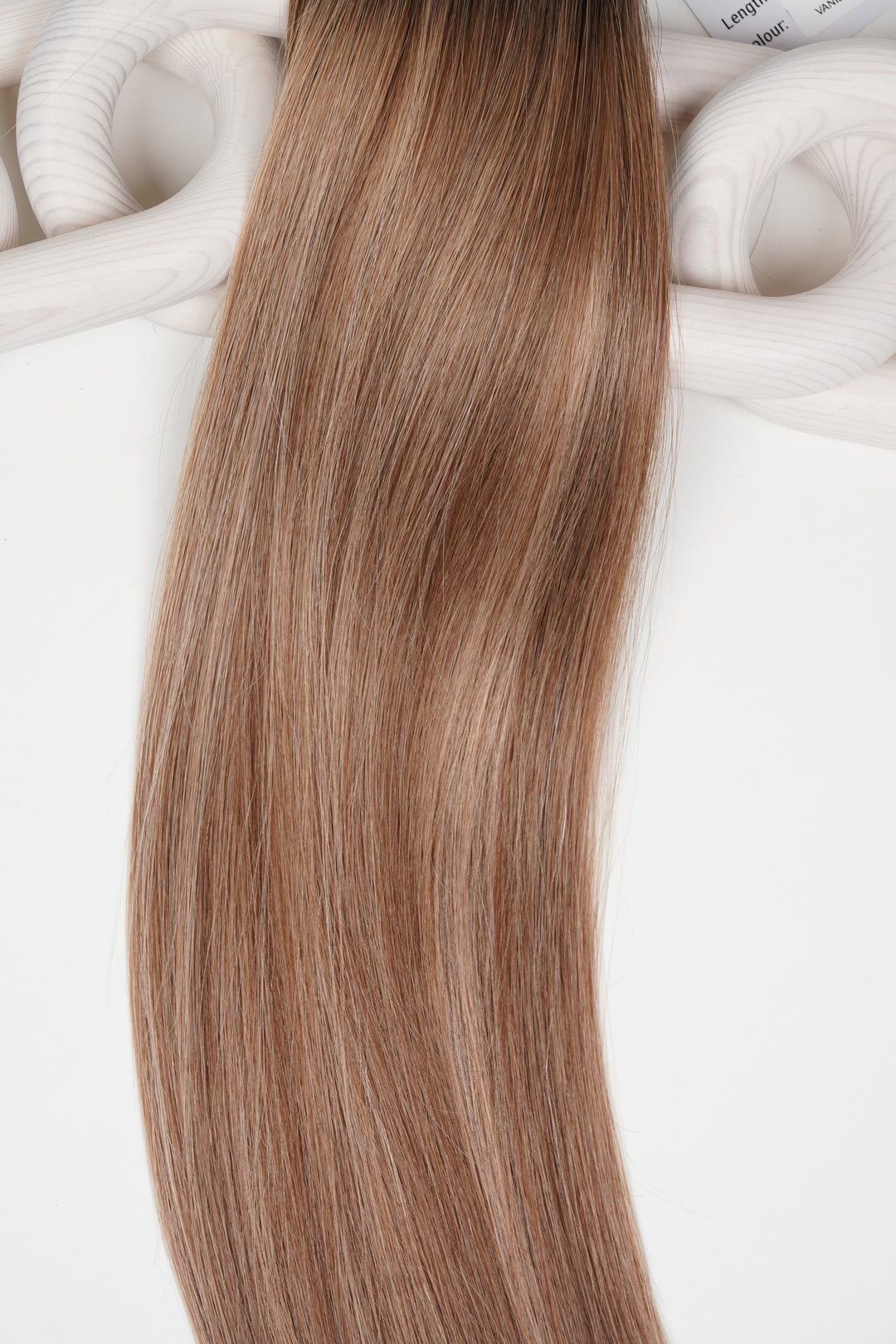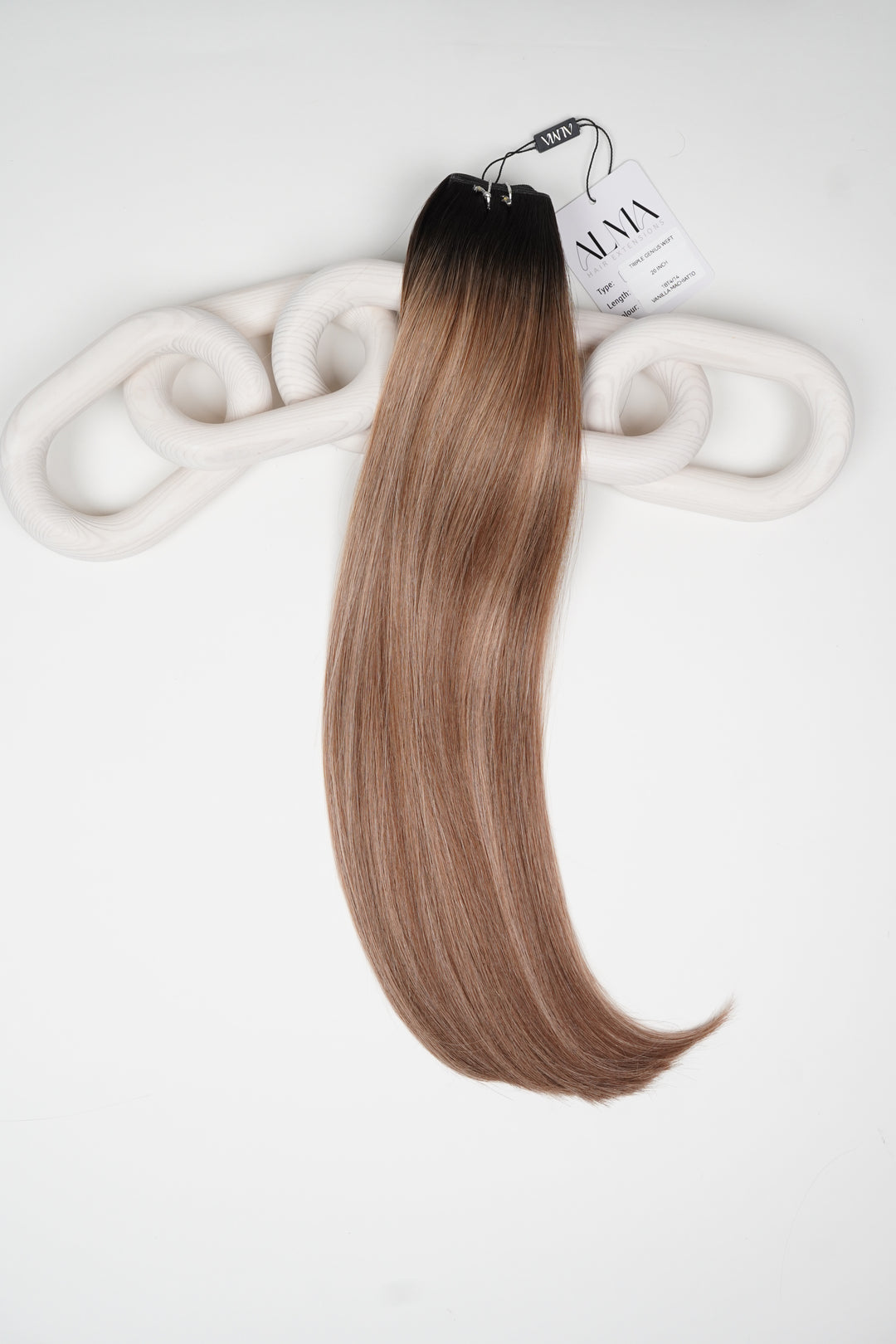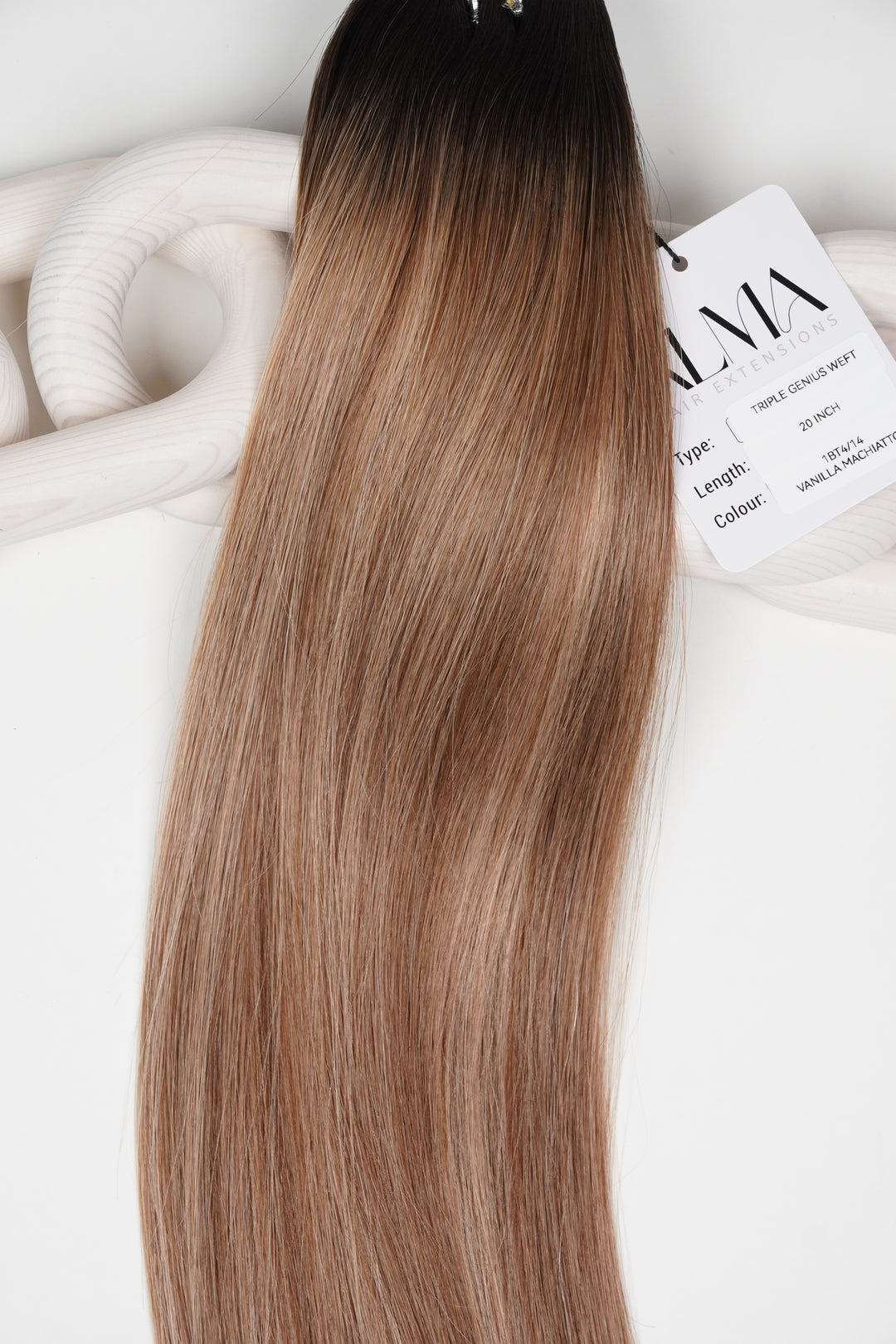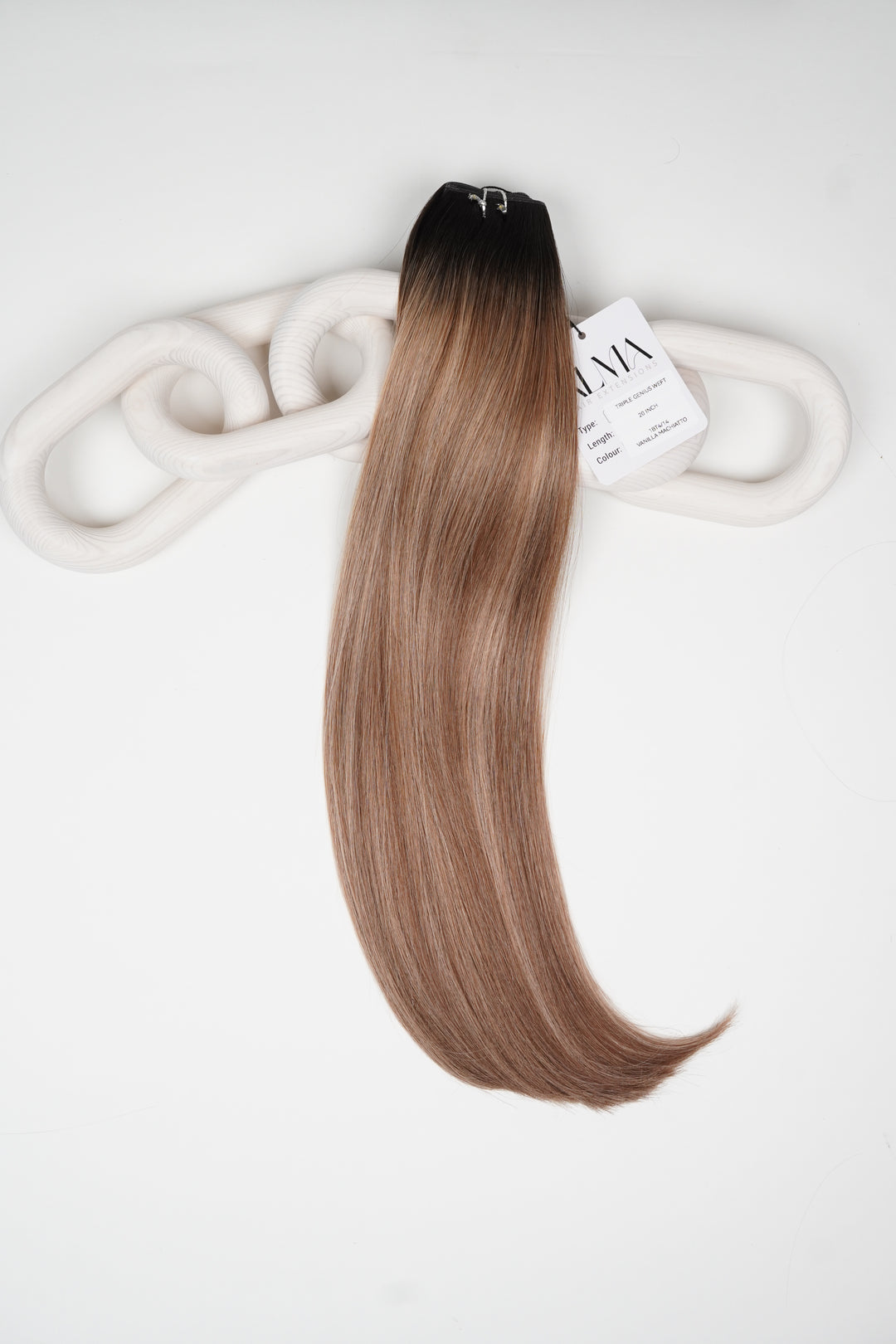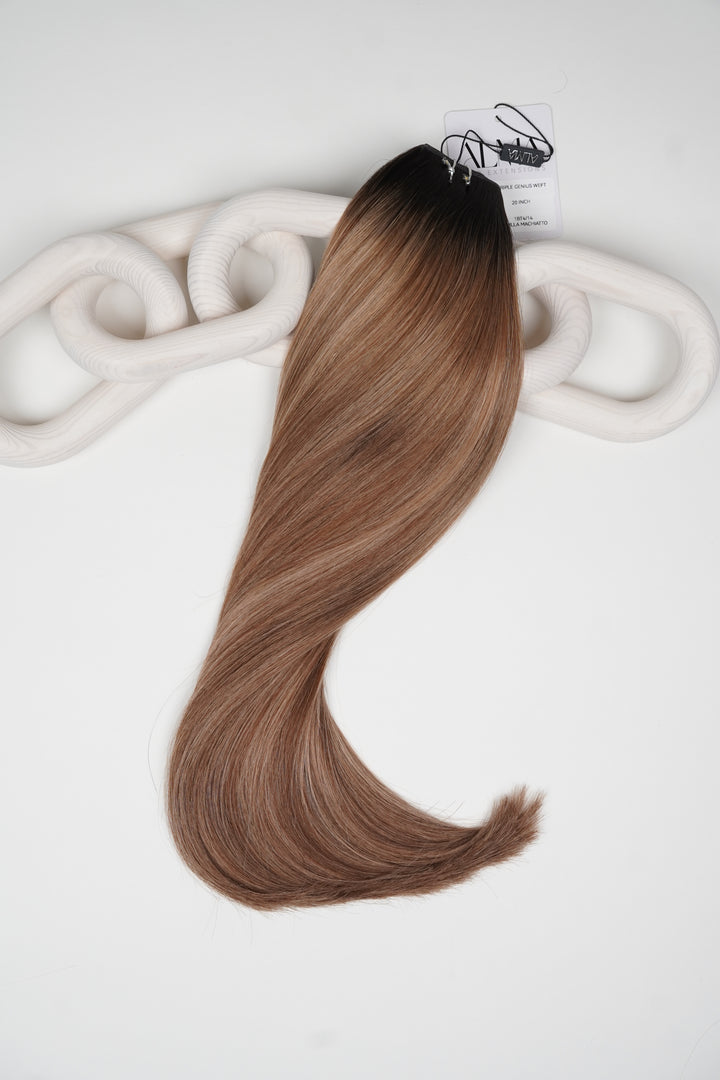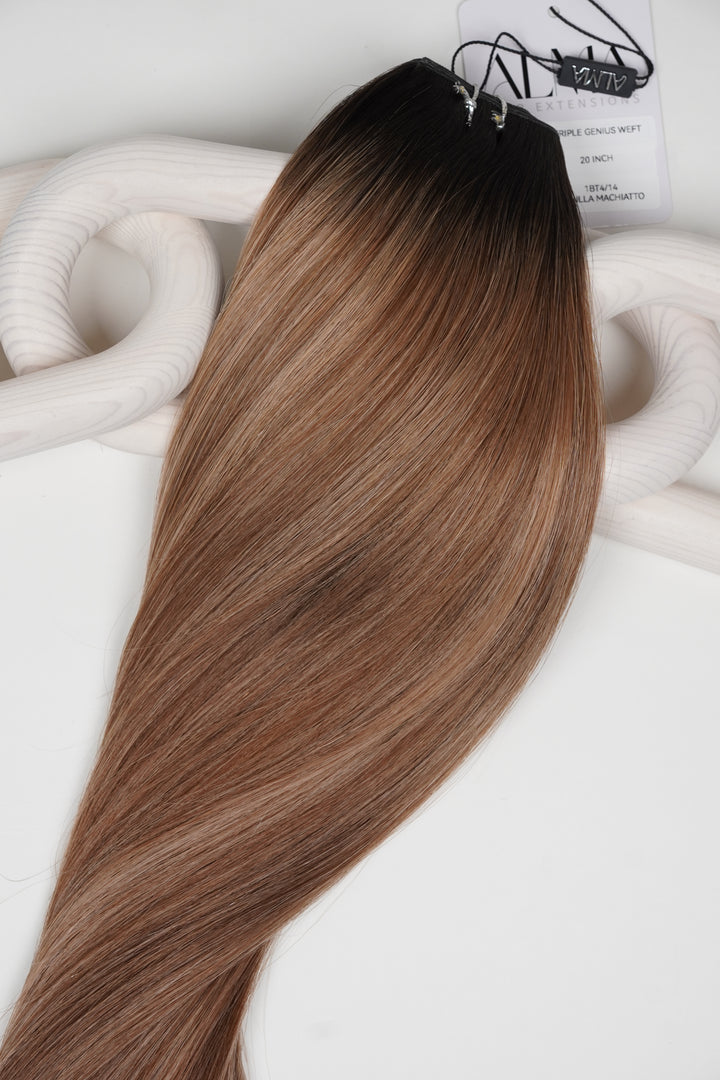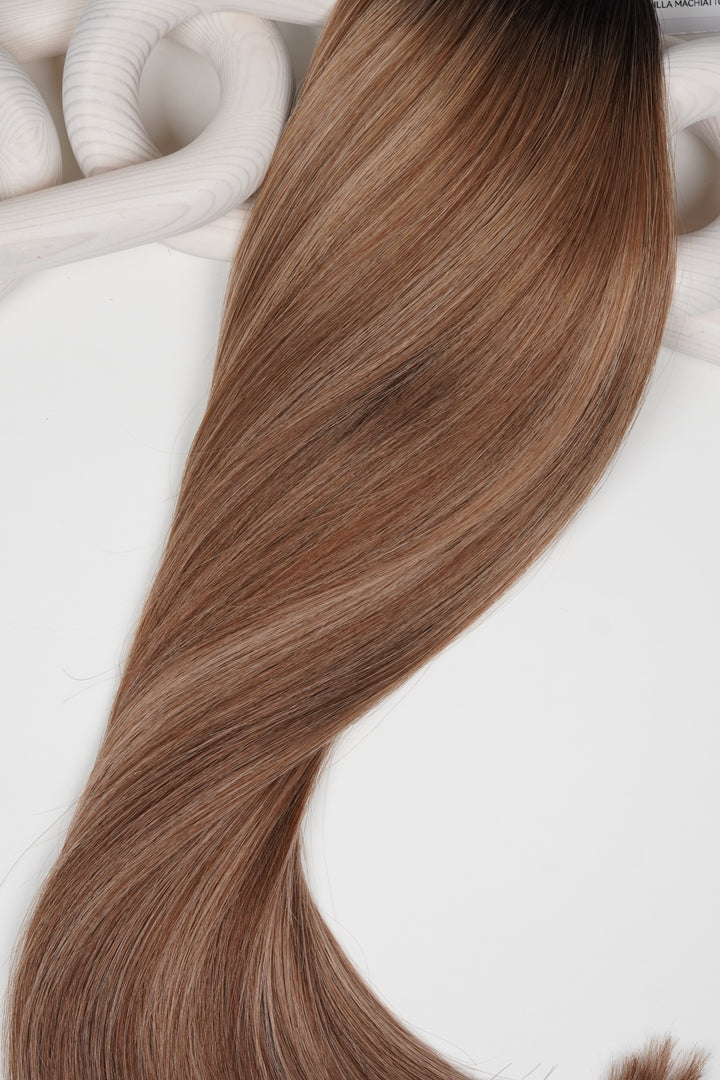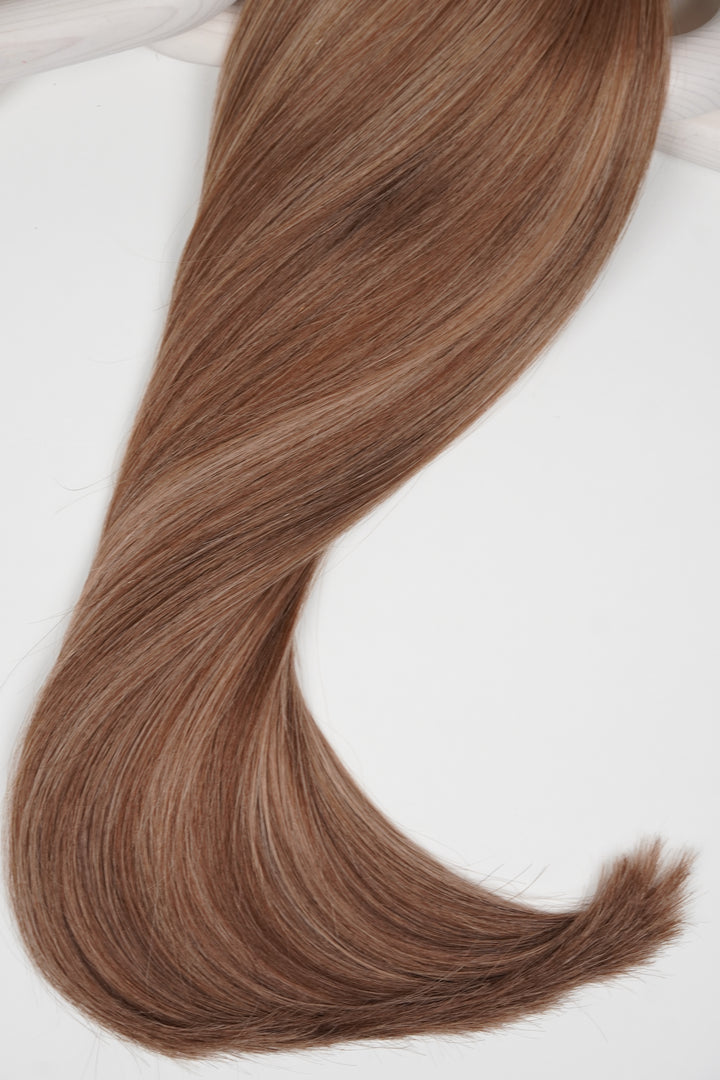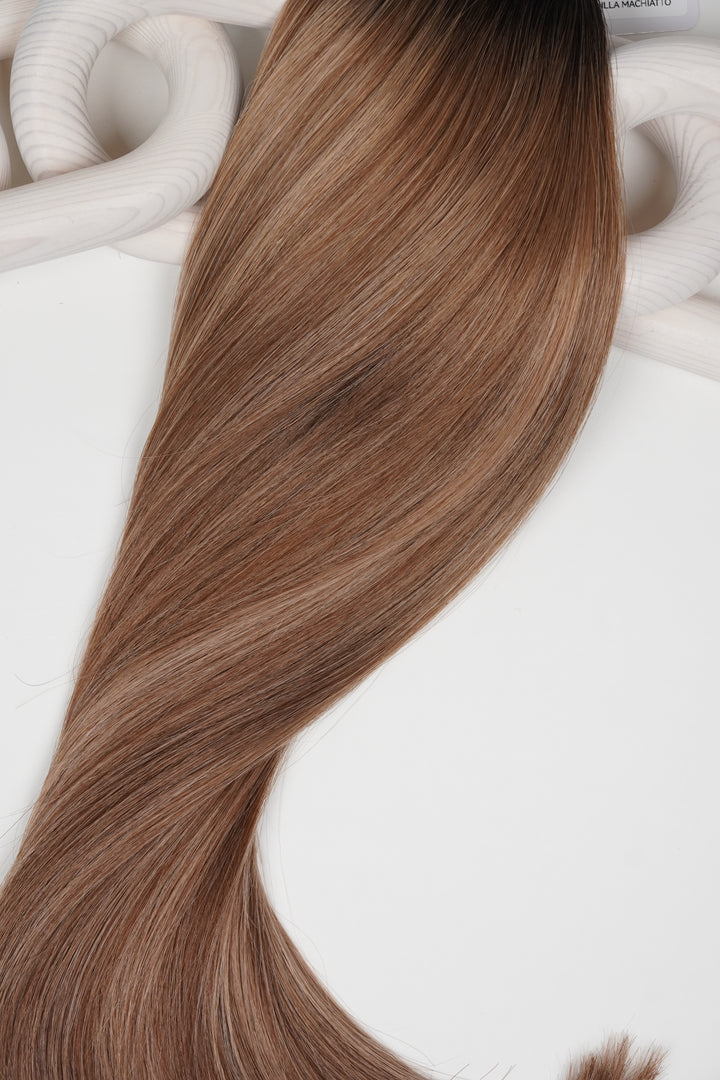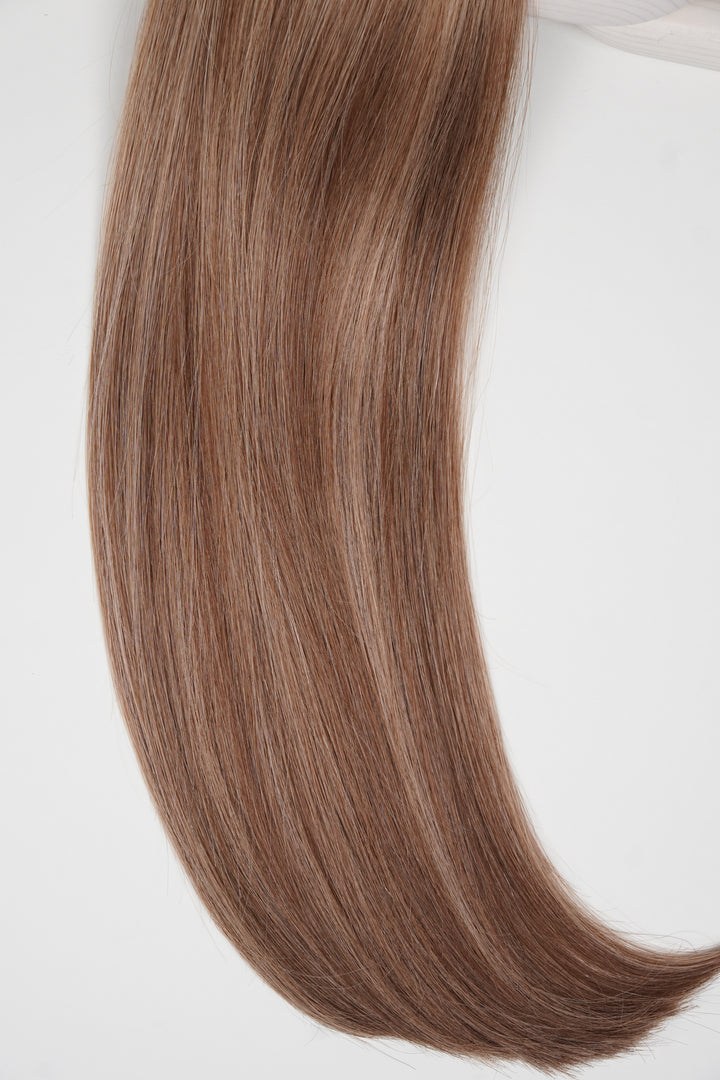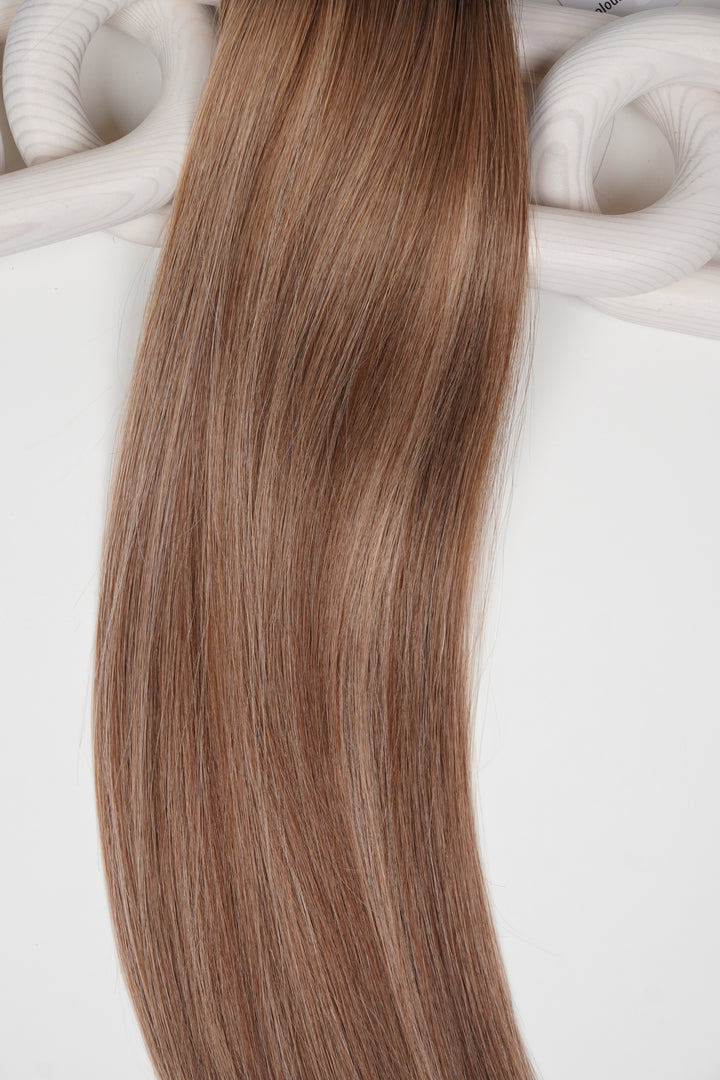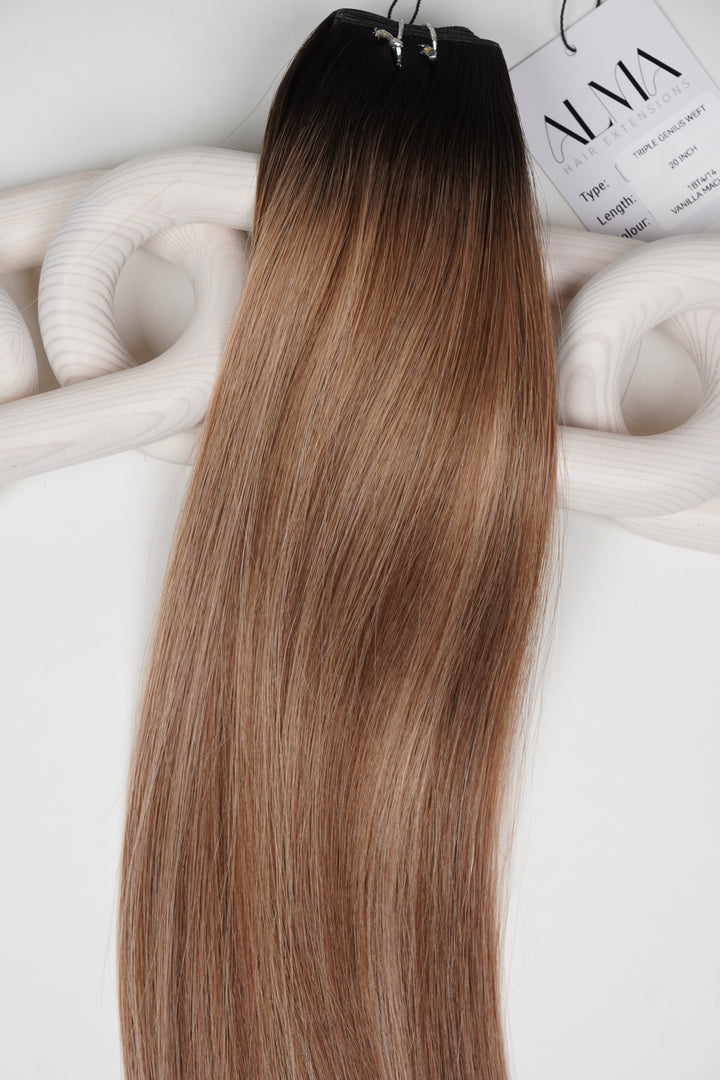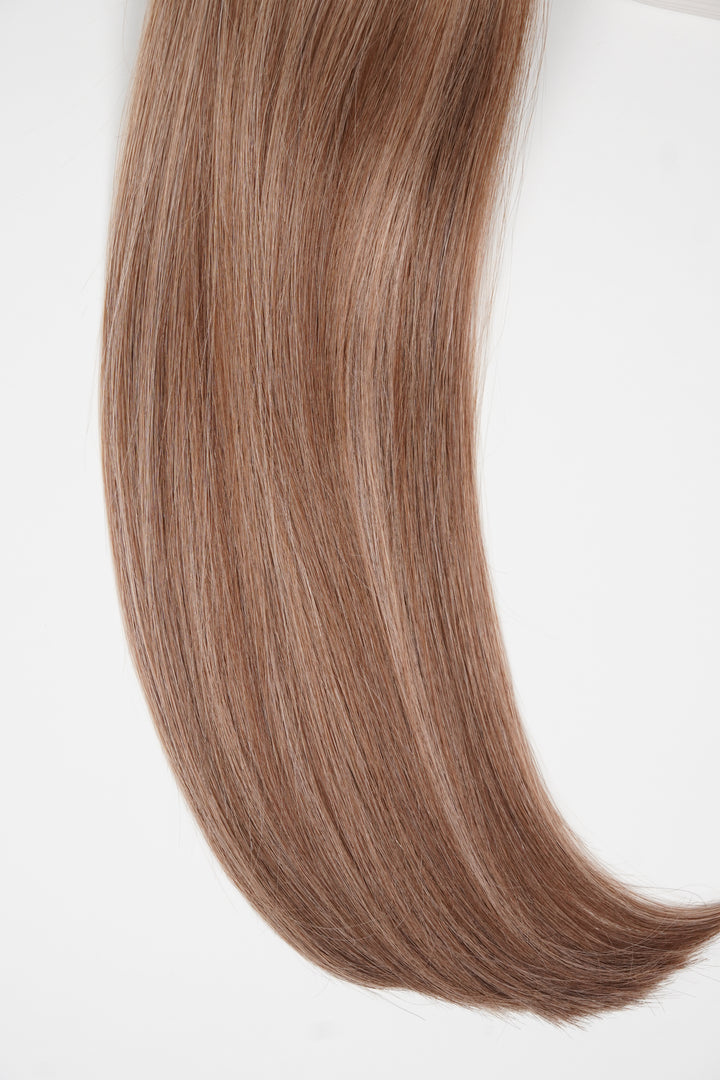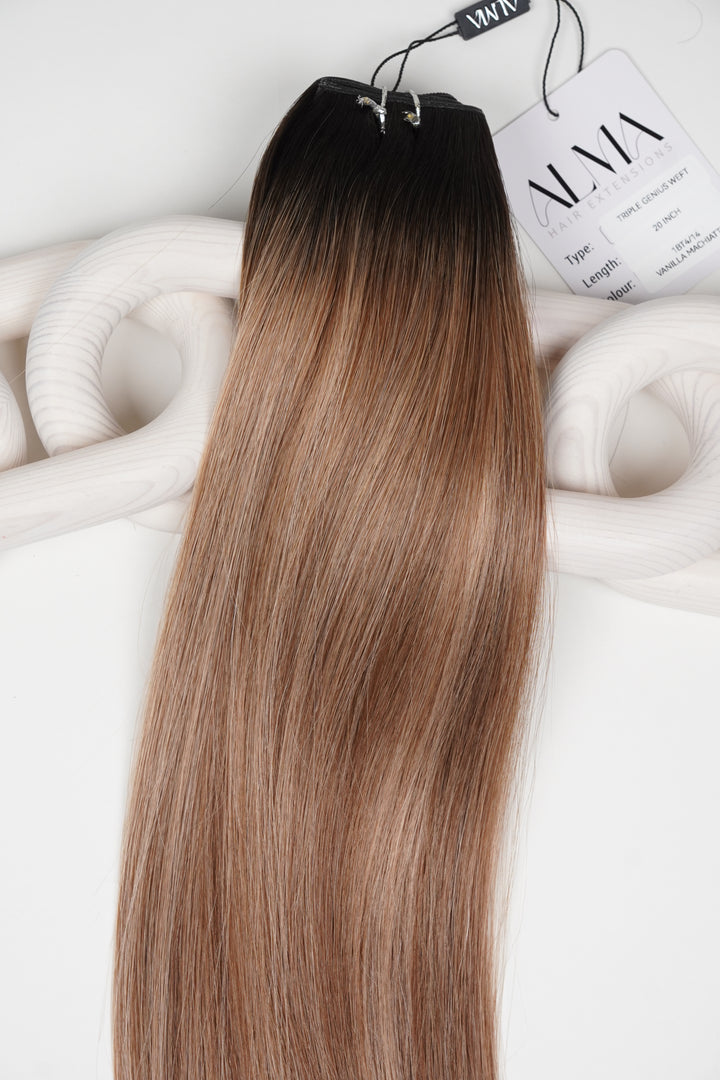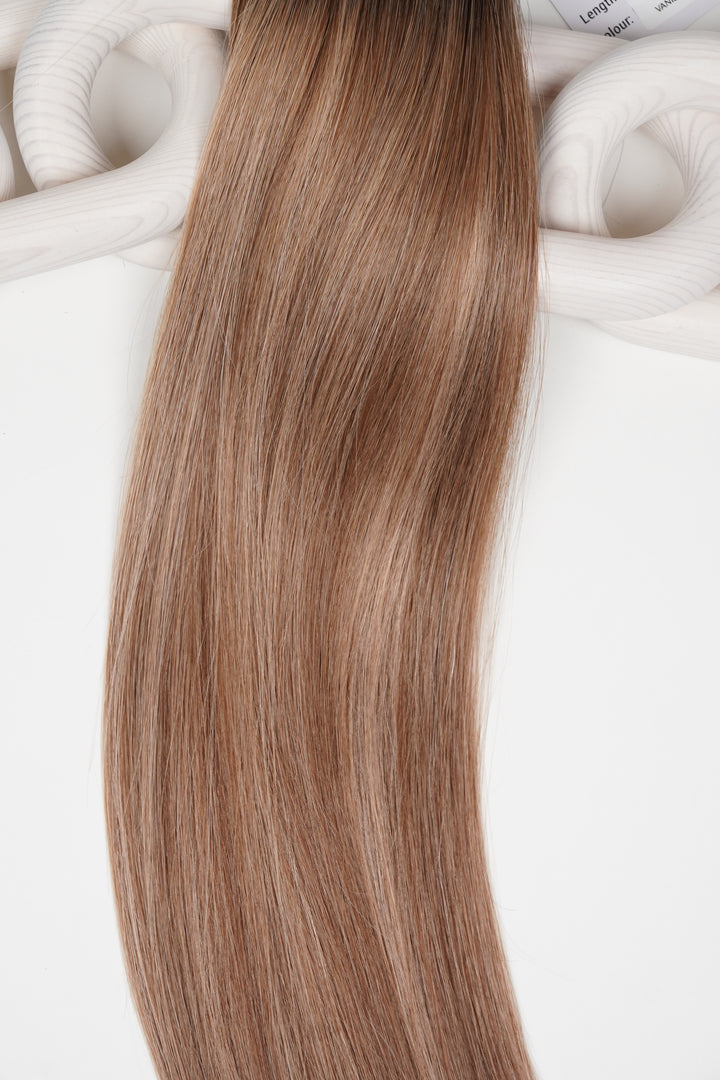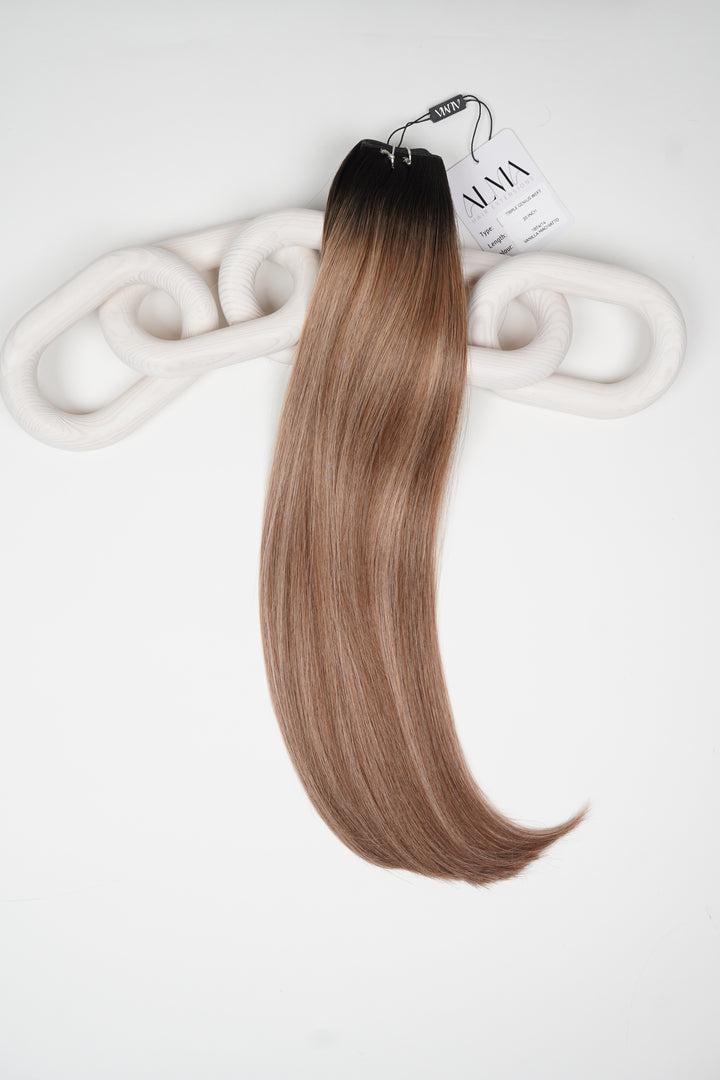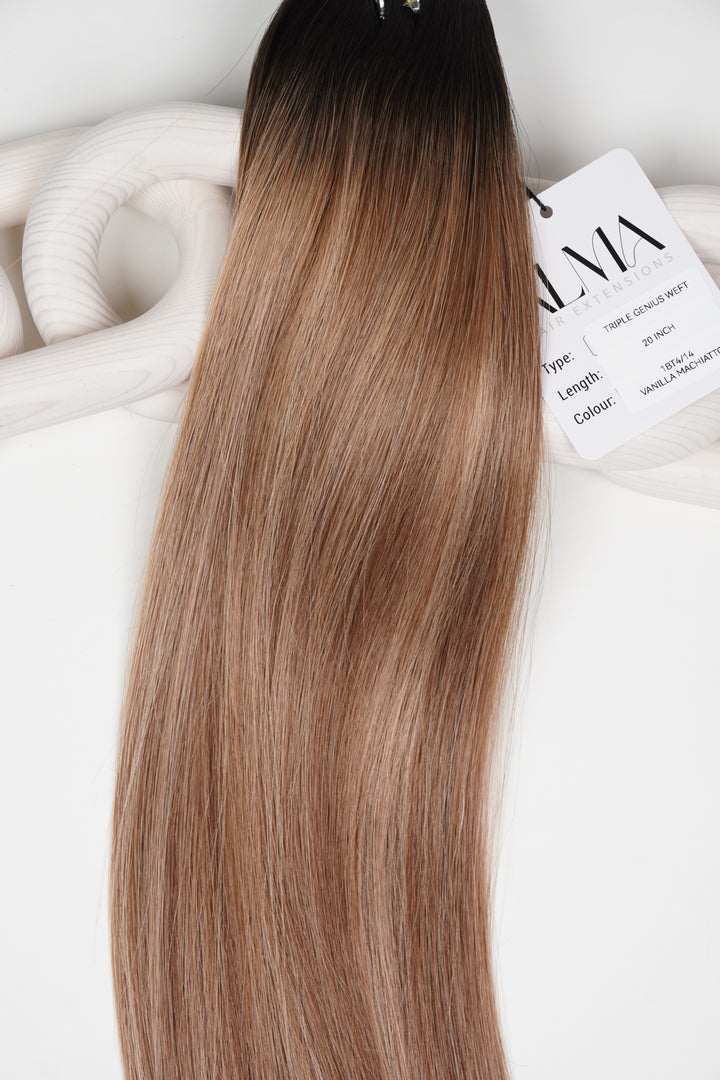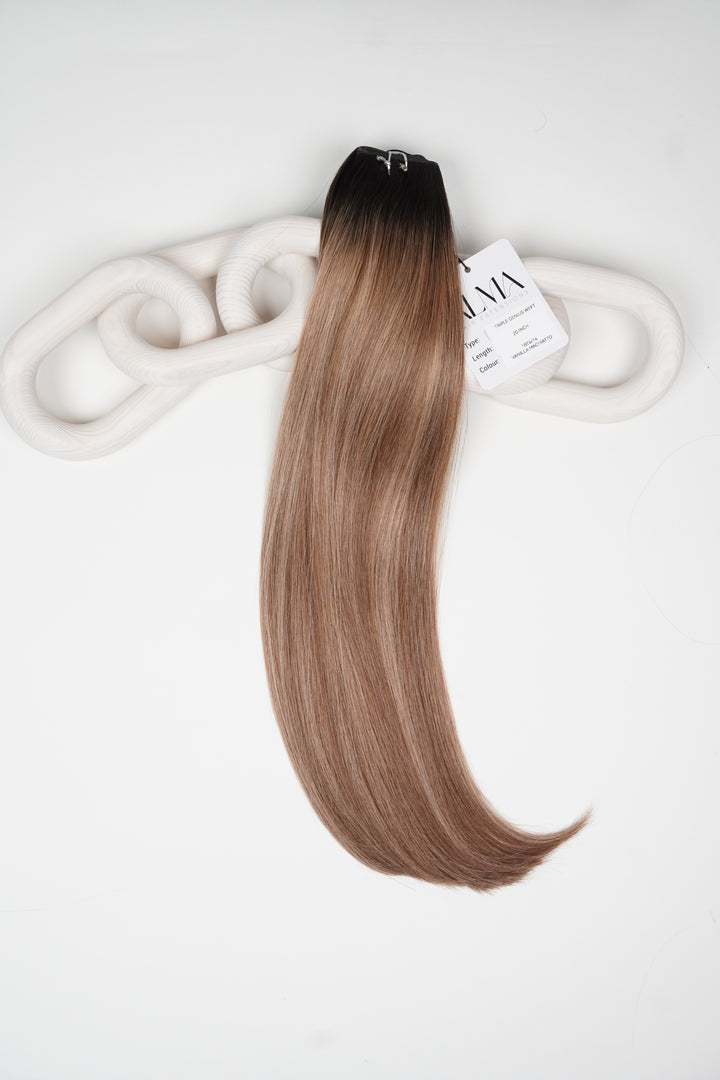15 Tips for Choosing the Right Hair Extension Tools
Choosing the right hair extension tools can seem overwhelming, especially with so many options available. Whether you’re a professional stylist or a DIY enthusiast, ensuring you have the right equipment can make all the difference in achieving beautiful, seamless results. In this guide, we’ll share essential tips to help you navigate the selection process and find the perfect tools for your hair extension journey.
1. Understand the Different Types of Hair Extensions
Before selecting tools, it’s crucial to understand the various types of hair extensions available. This knowledge will guide your selection process. For instance, knowing the difference between clip-ins, tape-ins, and keratin bonded extensions can significantly influence the tools you’ll need. Each type not only has a unique application method but also requires specific tools designed for that method. For example, clip-ins often just need a good pair of hair clips, while keratin extensions may necessitate a heating tool for the fusion.
Furthermore, understanding the different materials—such as synthetic versus human hair—will also affect your choice of tools. Synthetic hair extensions may require specific application techniques and the use of less heat to avoid damage. Therefore, being educated on the types of hair extensions is your first step in ensuring you have the right tools to match each style’s requirements.
2. Consider the Hair Type
Different hair types require different tools. Knowing whether you’re working with curly, straight, or textured hair can influence your choices. For example, curly hair extensions may benefit from tools that provide extra grip, as they often blend better with textured hair. Additionally, straight hair extensions might require smooth styling tools to maintain their sleek appearance. Understanding the nature of the hair you’re working with will help you select the right tools to achieve a flawless finish.
Another consideration is how each hair type reacts to various styling methods and products. Some tools, like flat irons, are perfect for straight hair, but using them on finer textures can lead to damage. By evaluating the hair type, you not only ensure a smooth application but also protect the integrity of both your natural and extension hair.
3. Research Quality Brands
Investing in reputable brands guarantees better quality and durability, making your hair extension application smoother and more enjoyable. High-quality tools often come with warranties and customer support, which can be invaluable if you run into any issues down the line. Moreover, brands recognized for their commitment to quality tend to incorporate the latest technology in their products, ensuring you not only get tools that perform well but also sate ongoing trends in the hair industry.
Be wary of off-brand tools that promise similar results at a lower price. While it may be tempting to save money, inferior tools can lead to poor applications and even damage your extensions. Take time to research and compare to determine which brands consistently receive positive reviews from both professionals and users. This knowledge will arm you with the confidence needed to make sound decisions for your hair extension toolkit.
4. Check for User Reviews
User reviews can provide insights into the performance and reliability of specific tools. Take time to read them before making a purchase; firsthand experiences can reveal pitfalls or highlight features you may not have considered. Look for reviews from individuals who are similar to you—whether you’re a pro stylist or an amateur—because their commentary can help you gauge how the tool might operate in your hands.
Additionally, consider looking for video reviews on platforms like YouTube. These can offer visual demonstrations of the tools in action, showcasing their ease of use and effectiveness. By combining textual reviews with visual content, you create a well-rounded perspective that lends further clarity to your decision-making process.
5. Evaluate Tool Functionality
Make sure to choose tools that provide the specific functionalities you need, whether it be a heating element for fusion or ease of use for clip-ins. Some tools are designed with added features that can simplify your processes—like temperature control for warming tools, which is essential for various hair extensions. Think about the kind of hair you’ll be working with so you can select tools with features that cater to both your style and the extension type.
Also, consider tools that might serve multiple purposes. For instance, a versatile curling wand can achieve different curl styles with just one tool, saving you money and space. In the end, the functionality of your tools can directly impact the time you spend styling, allowing you to work more efficiently while delivering beautiful finishes.
6. Focus on Comfort and Ergonomics
Tools that are comfortable to hold and easy to maneuver will make the process less tiring, especially for those long styling sessions. Ergonomically designed tools fit naturally in your hand, minimizing discomfort and allowing for more precise control. Consider trying out tools in-store before purchasing to get a feel for how they fit in your grip.
It’s not just about comfort, either; the right ergonomics can lead to better results. For example, tools that enable easier angle adjustments will let you style with more confidence and finesse. This attention to comfort ensures that you can not only maintain your energy levels but also improve the quality of your work.
7. Look for Versatility
Select tools that can serve multiple purposes, allowing you to get more use out of your investments. A tool that can be employed for both application and styling will save you money in the long run. For instance, a quality heat styling tool can do everything from curling to straightening, accommodating various styles with one machine.
Also, consider tools like dual-use brushes that can detangle while also serving as styling brushes. This versatility streamlines the process, allowing you to achieve the desired look without switching between multiple tools constantly. The end result? A more efficient workflow and ultimately better-looking hair.
8. Consider Your Budget
Establishing a budget can help narrow down your options and allow for smarter purchasing decisions without overspending. While it’s essential to invest in quality tools, you can find excellent products within various price ranges. Make a list of must-have tools, then prioritize your spending on those.
Don’t forget to include maintenance costs in your budget. Some high-quality tools may have a higher initial price but require less upkeep or replacement in the long run. Balancing quality with cost-effectiveness ensures that your investment in hair extension tools pays off well into the future.
9. Explore Essential Accessories
Don’t forget essential accessories like brushes, clips, and combs that can simplify the application process. While the main tools are crucial, the accessories enhance your efficiency and accuracy during the styling process. A good wig cap can also help secure extensions in place, making your application smoother.
Consider investing in a quality heat protectant spray as well. This often-overlooked accessory can significantly help in preserving both your extensions and natural hair, making it an indispensable part of your toolkit that protects your investment in hair extensions.
10. Prioritize Safety Features
Look for tools that have safety features to prevent accidents and protect both your hair and your scalp. For example, some heated tools come with automatic shut-off functions that can help avert unintentional overheating. This is particularly important to avoid burns or heat damage during long styling sessions.
Additionally, tools designed with rounded edges or tip protection can help keep accidental scrapes from happening while you work. Prioritizing safety will not only enhance your experience but also build confidence as you master your hair extension application.
11. Familiarize Yourself with Maintenance
Some tools require more maintenance than others. Consider how much upkeep you’re willing to handle before deciding on your options. Some high-end tools may come with extensive maintenance instructions, while simpler designs might need just a quick clean after use.
Moreover, tools that require consistent upkeep can slow down your styling routine. Make sure to factor this into your decision-making process, as tools that align with your maintenance preferences will facilitate a more seamless experience.
12. Seek Professional Recommendations
Consulting with professional stylists can provide valuable insights and recommendations for the best tools available in the market. Established professionals have often tested various tools and can provide first-hand accounts of their effectiveness and durability. Building a rapport with local stylists could lead you to some hidden gems.
Don’t hesitate to join online forums or groups where hair enthusiasts discuss and rate their favorite tools. These communities can offer a wealth of information, ensuring that you’re armed with the best recommendations before making any purchases.
13. Test Before You Invest
Whenever possible, test tools to see how they feel in your hands and how well they perform during use. Stores that offer demos or trial periods with their tools can be a goldmine for finding what works best for you. This hands-on experience allows you to assess how lightweight the tool feels, whether the controls are intuitive, and how comfortable the grip is.
Taking the time to physically handle the tool can uncover details that online images and descriptions simply cannot. After all, a tool that looks perfect on a website might not be the best fit when you actually use it. Always prioritize testing before making a final decision!
14. Stay Informed on Trends
Keeping up with the latest trends and tools in the hair extension industry can help you stay competitive and knowledgeable. Subscribe to industry magazines, follow influencers, and stay active in online communities to learn about new tool releases or innovative techniques. Knowledge is power in this fast-paced world, and being on the cutting edge of trends will set you apart from the competition.
Additionally, attend workshops or trade shows that focus on hair extensions. These events are perfect for hands-on learning and networking with top professionals, allowing you to absorb new techniques and discover the latest in hair extension tools directly from the experts.
15. Know When to Upgrade
As your skills develop and technology advances, recognize when it’s time to upgrade your tools for better results. Don’t hesitate to invest in higher-quality options once you feel confident in your ability. Often times, newer tools are designed with features that can improve both safety and efficiency.
Regularly assess your current inventory. As trends shift, certain tools may become obsolete or less effective for the techniques you’re employing. If you notice that your applications are taking longer or that the final results are not up to your standards, it might be time to review your tool collection for any potential upgrades.
